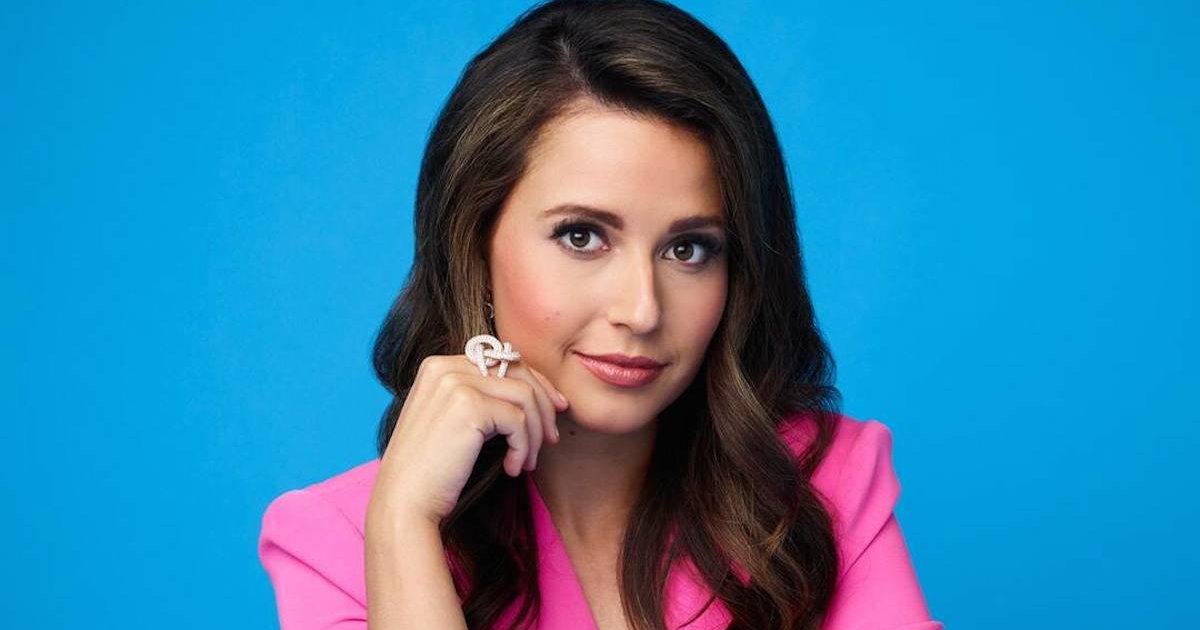Katie Thurston's Lumpectomy
- Bachelorette Katie Thurston, 30, went through a lumpectomy at just 20-years-old after finding a lump in her breast during a self exam.
- A lumpectomy is a surgery to remove a cancer or abnormal tissue from the breast by only removing the tumor as opposed to the whole breast.
- Breast cancer screening guidelines recommend high risk patients start annual mammograms at age 40, so it’s important to advocate for yourself and push for answers if you feel that something is wrong.
In an Instagram story, Thurston told fans that she experienced a breast cancer scare at just 20-years-old while giving herself a self breast exam. In order to take control of the situation, Thurston decided to go through a lumpectomy a surgery to remove a cancer or abnormal tissue from the breast by only removing the tumor as opposed to the whole breast. As a result of the procedure, Thurston has a scar on her chest which she also showed fans to get her message across.
Read MoreDr. Elizabeth Comen explains the steps to giving yourself a self-breast exam
What is a Lumpectomy?
When considering surgery for breast cancer, or to prevent breast cancer, one common decision that will arise for women is whether they should go through a mastectomy or lumpectomy. Unlike a mastectomy, which completely removes one or both breasts, a lumpectomy targets a specific part of the breast by removing only the tumor and surrounding tissue.
One of the main benefits of considering a lumpectomy, if it’s possible, is that the procedure itself only takes about an hour and the patient can usually go home the same day. Lumpectomies are usually a good route to take for those diagnosed with early stage breast cancer. Radiation treatment is usually given as well in order to minimize the risk of recurrence.
Some women may believe that going through a mastectomy is the best way of preventing a breast cancer diagnosis, but experts have told SurvivorNet that’s not always the case. The size of the tumor, its genetic markers, and the patient's family history are all factors to consider when choosing which surgery to undergo. “So many patients will come in wanting both breasts removed, but we’ll end up with lumpectomy and radiation, which is really standard of care,” Dr. Sarah Cate, lead physician for the Special Surveillance Breast Program at Mount Sinai Beth Israel, previously told SurvivorNet.
Dr. Sarah Cate breaks down when to consider a lumpectomy vs. a mastectomy
Be Your Own Advocate
One of the most important things that every individual should know is that when it comes to taking control and prioritizing your health, being your own advocate can be a life-saving decision. This is especially important for women, who may experience their doctors brushing off possible cancer symptoms and reassuring them that there’s nothing to worry about.
This was the case for April Knowles, who was diagnosed with metastatic breast cancer at 39-years-old. During a routine visit to her gynecologist, they found a lump in her breast but initially dismissed it and blamed it on her period. However, the lump remained, and Knowles pushed to go through a PET scan and biopsy. Turns out, it was the best decision she could have made because the tests revealed that she had breast cancer in her spine and hip. This experience taught her the importance of speaking up for yourself and always pushing for answers if you feel like something is wrong.
“I think women, especially young women, are really used to being dismissed by their doctors,” Knowles previously told SurvivorNet. “Or ‘you’re too young for this,’ or ‘here’s some Prozac, go home and cook dinner for your children.’ I think a lot of patients don’t want to hurt their doctor’s feelings either. We really do want our doctors to like us. But you have to take charge. You have to learn about your disease. You have to ask questions.”
Breast cancer survivor April Knowles encourages every woman to advocate for herself
Learn more about SurvivorNet's rigorous medical review process.


